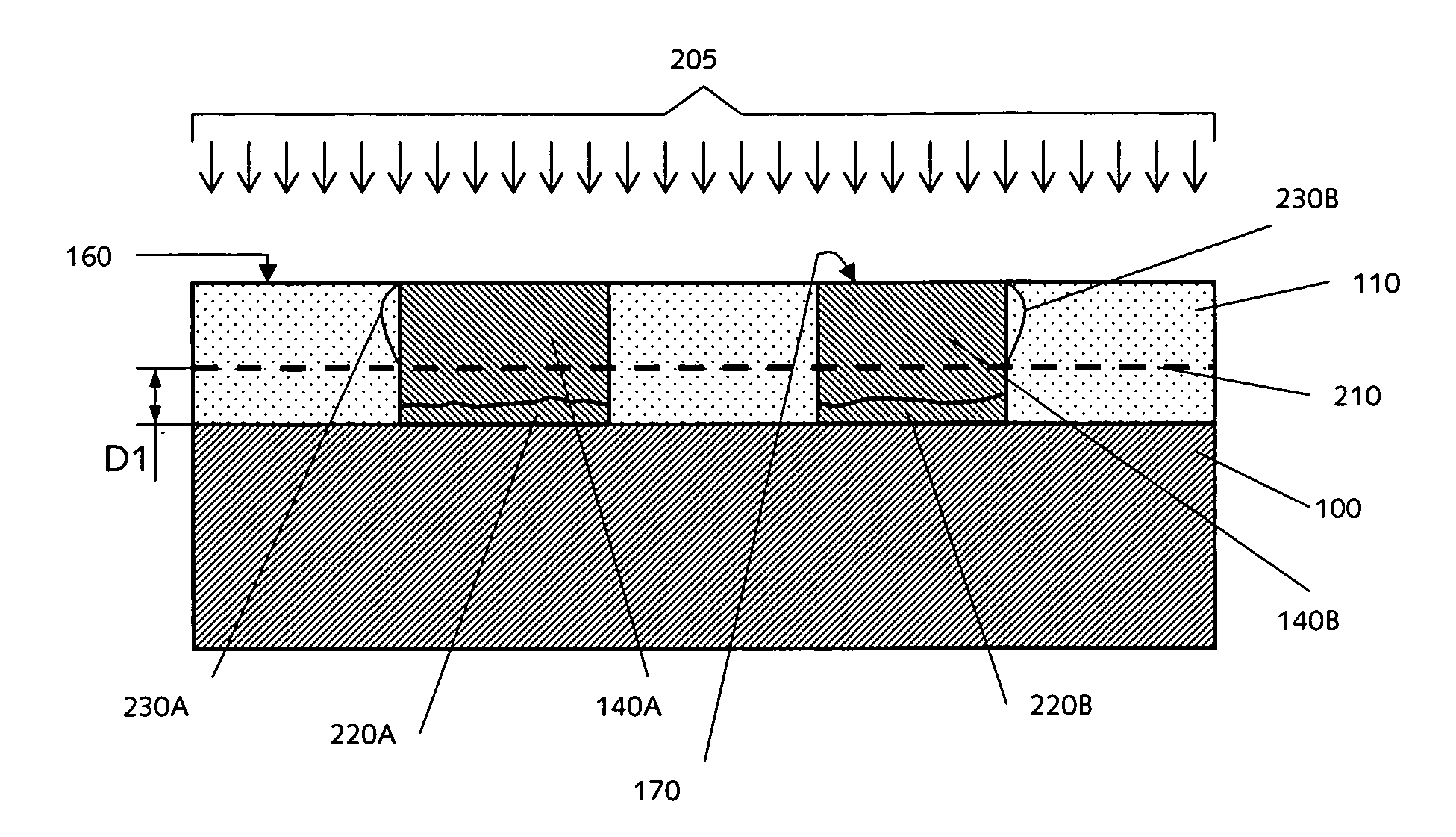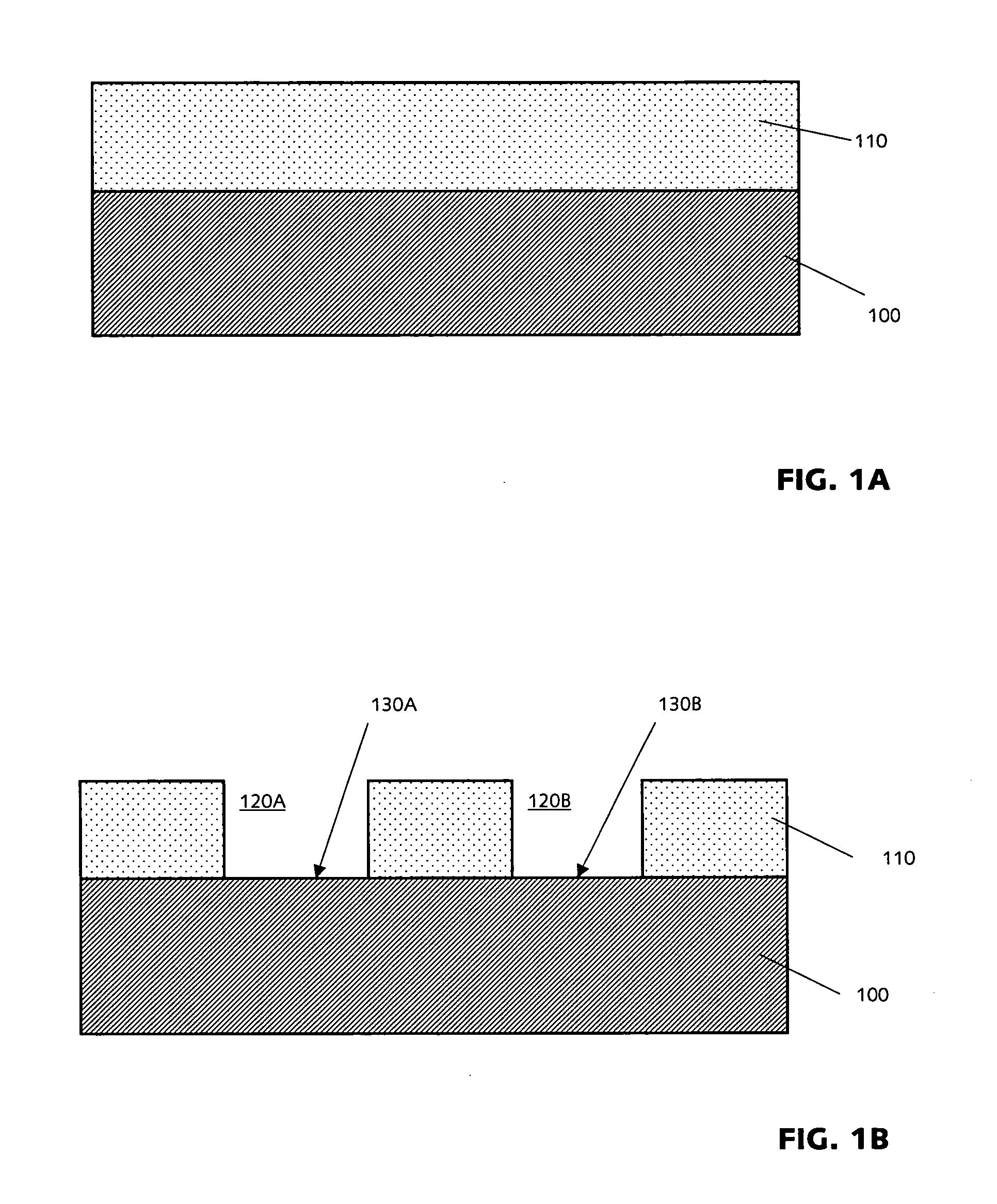Lattice-mismatched semiconductor structures on insulators
a technology of semiconductor heterostructure and insulator, which is applied in the direction of semiconductor devices, basic electric elements, electrical appliances, etc., can solve the problems of dislocation defects and epitaxial dislocation defects, and achieve the effects of reducing (a) channel resistance, increasing functionality and performance of the cmos platform, and high mobility
- Summary
- Abstract
- Description
- Claims
- Application Information
AI Technical Summary
Benefits of technology
Problems solved by technology
Method used
Image
Examples
Embodiment Construction
[0025] In accordance with its various embodiments, the invention disclosed herein contemplates fabrication of monolithic lattice-mismatched semiconductor heterostructures disposed over an insulator platform with limited-area regions substantially exhausted of misfit and threading dislocations, as well as fabrication of semiconductor devices based on such lattice-mismatched heterostructures.
[0026] Referring to FIGS. 1A-1C, planar isolation regions may be utilized for the selective epitaxy of active-area materials. In one embodiment, a substrate 100 includes a crystalline semiconductor material. The substrate may be, for example, a bulk silicon wafer, a bulk germanium wafer, a bulk III-V wafer such as gallium arsenide or indium phosphide, a SOI substrate, or a SSOI substrate. An insulator layer 110 is formed over the substrate, as shown in FIG. 1A. The insulator layer may be, for example, silicon dioxide, aluminum oxide, silicon nitride, silicon carbide, or diamond, and may have a th...
PUM
 Login to View More
Login to View More Abstract
Description
Claims
Application Information
 Login to View More
Login to View More - R&D
- Intellectual Property
- Life Sciences
- Materials
- Tech Scout
- Unparalleled Data Quality
- Higher Quality Content
- 60% Fewer Hallucinations
Browse by: Latest US Patents, China's latest patents, Technical Efficacy Thesaurus, Application Domain, Technology Topic, Popular Technical Reports.
© 2025 PatSnap. All rights reserved.Legal|Privacy policy|Modern Slavery Act Transparency Statement|Sitemap|About US| Contact US: help@patsnap.com



